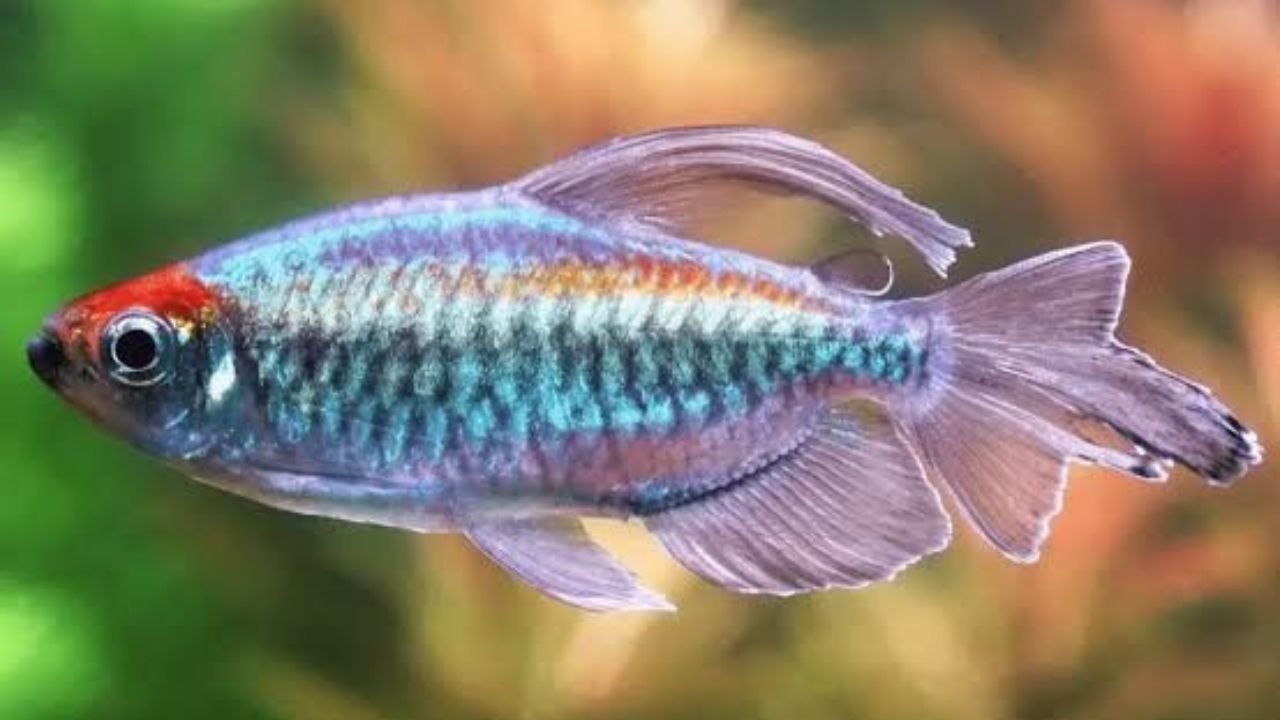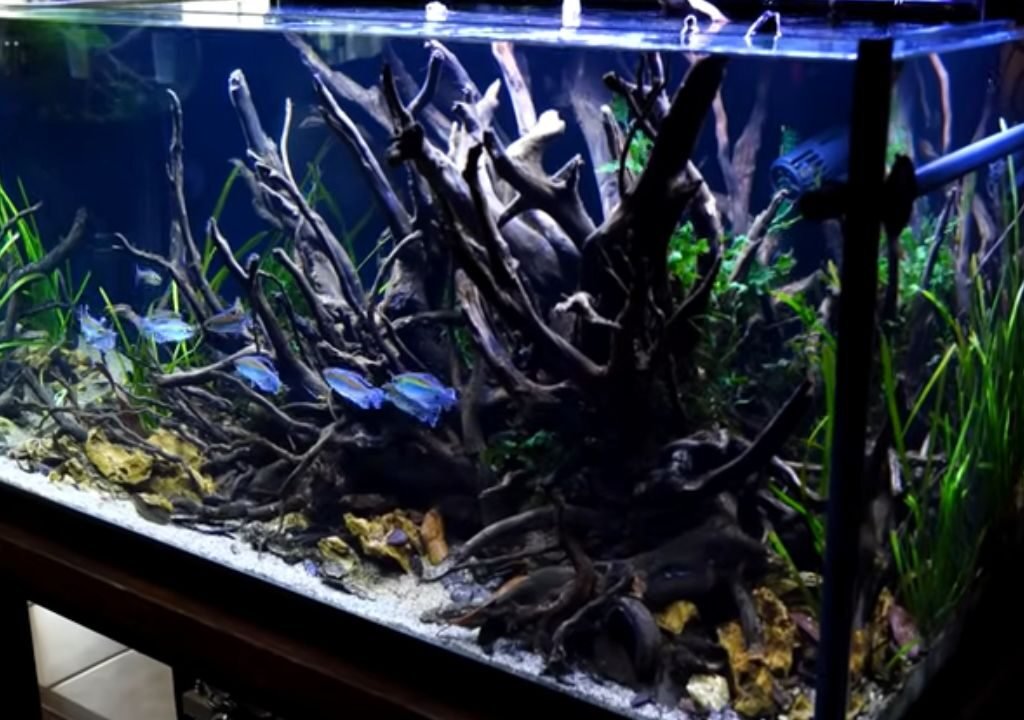Congo Tetra Care & Breeding Guide for Beginners
The Congo Tetra is a beautiful fish. It has shiny colors and is very peaceful. Many aquarium lovers enjoy keeping it. This fish comes from Africa’s Congo River. It does well in community tanks. It adds color and movement to your tank. This guide will teach you how to care for Congo Tetras. You will learn about tank setup, food, tank mates, and breeding. It’s great for both new and expert fish keepers. Follow these tips to keep your fish happy and healthy!
- Beginner Aquarium Guide
- Green Tiger Barb
- Adolfo’s Cory Cat Fish
- Harlequin Rasbora Care
- Fish Tank Lighting and Fish Behavior
Key Information for Congo Tetra Care
Aspect | Details |
Scientific Name | Phenacogrammus interruptus |
Origin | Congo River Basin, Africa |
Size | Up to 3 inches (males are larger with longer fins) |
Lifespan | Up to 5 years |
Temperament | Peaceful, best kept in groups of 6 or more |
Tank Size | Minimum 40 gallons (3-foot tank recommended for swimming space) |
Temperature | 75–80°F (optimal: 77–80°F) |
pH Range | 6.5–8.2 (optimal: 8–8.2 in captivity) |
Water Hardness | 2–15 GH (10 GH is ideal in captivity) |
Diet | Flakes, pellets, frozen brine shrimp; not picky eaters |
Tank Mates | Small to medium cichlids (e.g., angels, keyholes), gouramis, tetras, etc. |
Avoid Tank Mates | Shrimp or fin-nipping species like barbs |
Breeding | Egg scatterers; remove adults after spawning |
Spawning Conditions | Temp: 76–77°F, pH: ~6.5–7, low hardness (single digits) |
Fry Care | Feed infusoria initially, then live baby brine shrimp |
Aquascape | Add structure like wood, rocks, plants (live or fake) |
Special Notes | Avoid nitrites/ammonia; keep nitrates under 20 ppm; ensure a cycled tank |
Have I got a great species profile for you? This is the Congo Tetra. It’s an amazing fish that fits into a number of different setups. Let’s dive into everything you need to know about the Congo Tetra, from its stunning appearance to its role in creating a vibrant aquascape.
Before diving into these incredible fish, let’s take a moment to appreciate their ideal tank environment. This tank showcases an expertly aquascaped habitat, ideal for Congo Tetras. I promise you, you will not be disillusioned. This species stands out in any aquarium setup, and their vibrant colors make them a centerpiece in a well-designed tank.

Congo Tetras
Yep, they are amazing. They actually come from Africa, even though they are Tetras, and they’re found in the Congo River basin.
Now, the water there isn’t hard like the Rift Lake cichlids would experience. It doesn’t have a really high pH. It actually mimics more of a South or Central American water system. The pH there is closer to 7, slightly on the acidic side. The water hardness is much lower than you’d find with the Rift Lake cichlids. In some ways, we keep these fish almost like other Tetras from South or Central America.
Now, if you’re interested in Congo Tetras or maybe you’ve just got them and are trying to figure out how to care for them, you’ll be glad to know they’re pretty easy to care for. What stands out most is their amazing color. Look at these fins! These fish grow fairly large for a Tetra. They can reach up to around 3 inches, maybe even a little larger. Males get bigger than females and tend to show more color. The fin trailers on males are also longer. Most of the fish in this aquarium are males.
The nice thing is that both males and females show color, and they are peaceful fish. If you’re looking for a peaceful schooling fish, this is a great option. Your best bet is to keep them in groups of at least six or more.
Lifespan and Tankmates
Congo Tetras can live up to five years. We’ve had them in our fish room for a long time, and they’ve been doing great. If you want to know what to keep with your Congo Tetras, you’ve got a lot of options.
Many people use this fish as a schooling species. They are active mainly in the middle to upper parts of the aquarium, As observed in a well-decorated aquarium.
They pair well with peaceful South and Central American cichlids like rainbow cichlids, keyhole cichlids, and angelfish.
Other great tankmates include Krebensis, Apistogramma, neon Tetras, cherry barbs, gouramis, mollies, and swordtails. Corydoras catfish and bristlenose plecos make excellent cleanup crew members for a Congo Tetra tank.
It’s best to avoid housing shrimp with Congo Tetras, as their natural instincts may lead them to prey on smaller tankmates.
FAQ
1. Do Congo tetras breed easily?
No, they are a little hard to breed. They need clean, soft, and slightly sour water. They also need lots of plants. Males flash bright colors to get females. They scatter eggs in plants. Parents may eat the eggs, so use a separate tank for breeding.
2. Are Congo tetras aggressive?
No, they are calm and good for group tanks. Males may chase each other sometimes. Keep at least 6 together to stop too much chasing.
3. How big do Congo tetras get?
Males grow to 3–3.5 inches (7–9 cm). Females are a little smaller at 2.5–3 inches. They need a 30-gallon tank or bigger to swim well.
4. Do Congo tetras eat shrimp?
Yes, they might eat small shrimp like Cherry Shrimp if they catch them. Big shrimp like Amanos are safer. You can also add lots of hiding spots for shrimp.
5. Can Congo tetras live alone?
No, they must live in a group of 6 or more. One fish alone feels scared and loses its color.
6. What is the lifespan of a Congo tetra?
They can live 3–5 years. Some may live up to 7 years with great care. Clean water, a good diet, and low stress help them live long.


